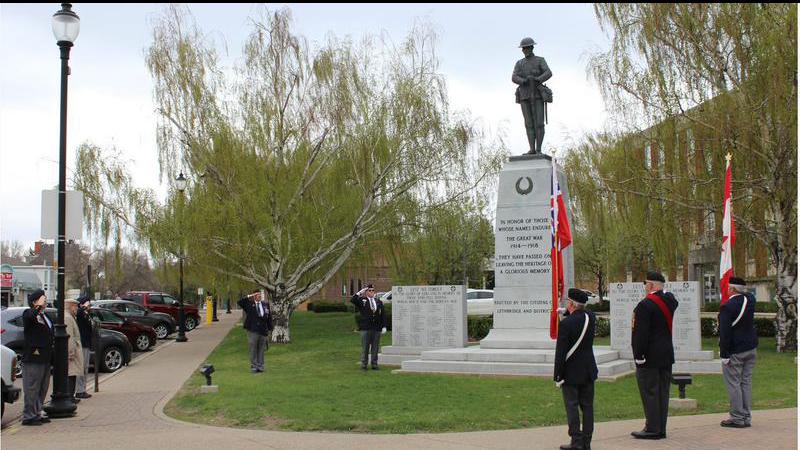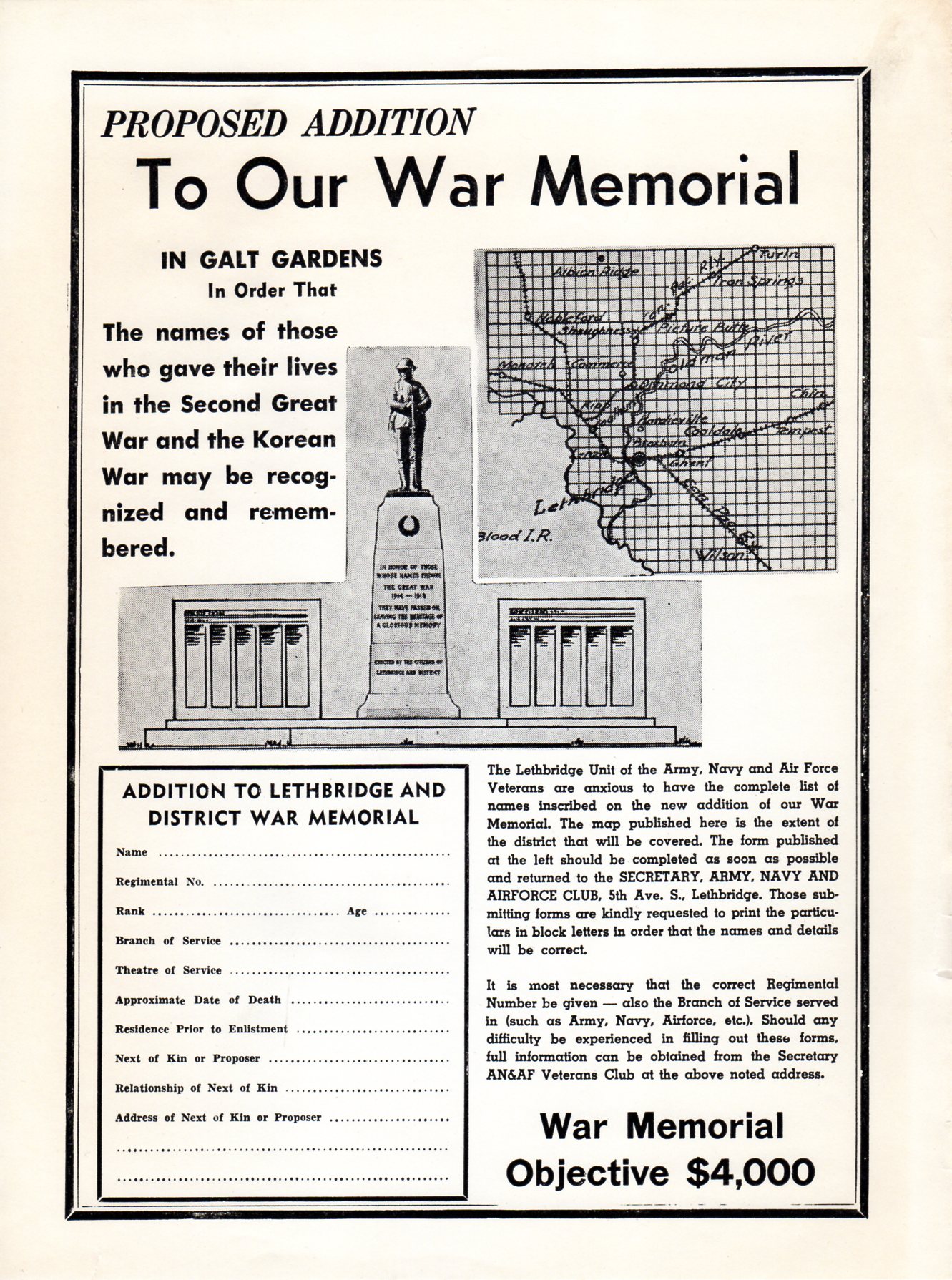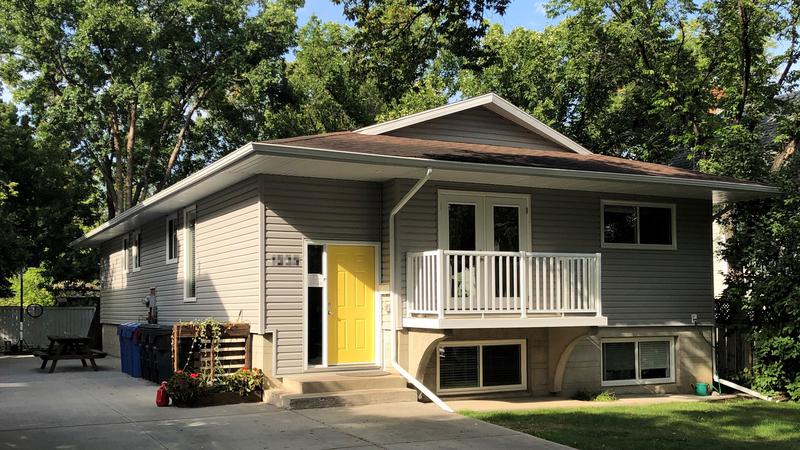
Cenotaphs, Quilts of Valor and a special poem
LETHBRIDGE, AB – What is a cenotaph?
Many people have seen one, but not necessarily everyone knows what it is.
“A cenotaph by definition is an empty tomb,” said retired Warrant Officer Glenn Miller, who volunteers with the Lethbridge Legion.
He told LNN that in Lethbridge, the cenotaph was erected thanks to funds raised by the community.





